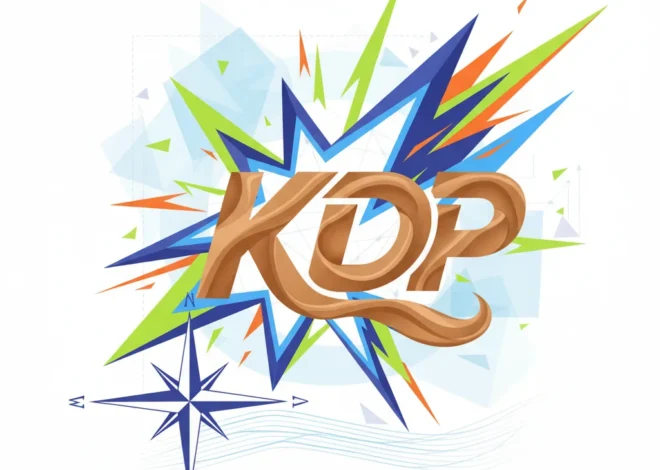
Global Markets in Motion: From Mumbai’s New Airport to the Fed’s Next Move
In the intricate tapestry of global finance, single headlines often act as threads that, when pulled, reveal a much larger, interconnected picture. This week, three such threads emerged from different corners of the world: a grand infrastructure inauguration in India, a significant market upgrade for Vietnam, and persistent cautionary notes from the U.S. Federal Reserve. On the surface, they seem disparate—a story of national ambition, a tale of economic ascent, and a narrative of macroeconomic caution.
However, for the astute investor, the seasoned finance professional, or the curious observer of the global economy, these events are not isolated. They are crucial data points in a complex equation, shaping the flow of capital, influencing investment strategies, and defining the landscape of opportunity and risk. Let’s unravel these stories to understand what they truly signify for the world of investing, banking, and the future of our economic climate.
India’s Ascent: More Than Just an Airport
The recent inauguration of the Navi Mumbai International Airport by Prime Minister Narendra Modi, a colossal $2 billion project helmed by the Adani Group, is far more than a ceremonial ribbon-cutting. It is a powerful symbol of India’s unwavering commitment to building world-class infrastructure as the bedrock of its economic ambitions. This new aviation hub isn’t just about alleviating congestion at one of the world’s busiest airports; it’s a strategic move to position India as a premier global destination for trade, tourism, and business.
Projects of this magnitude have a profound ripple effect across the economy. They create a surge in construction, logistics, and engineering jobs, while simultaneously signaling to the world that India is open for business on a grand scale. For investors, this translates into tangible opportunities. The Indian stock market has already seen significant interest in infrastructure and capital goods sectors, and this project reinforces that trend. It underscores a key investment thesis: betting on India’s domestic growth story.
Furthermore, the financing of such mega-projects showcases the evolving maturity of India’s banking and financial sectors. It requires a sophisticated blend of public-private partnerships, long-term debt financing, and international capital—a complex dance that strengthens the entire financial ecosystem. This development is a testament to the nation’s growing capacity to execute complex, capital-intensive projects, a crucial factor for attracting long-term foreign direct investment (FDI).
The Next Asian Tiger Roars: Vietnam’s Emerging Market Upgrade
Thousands of kilometers to the east, another compelling economic narrative is unfolding. FTSE Russell’s decision to upgrade Vietnam to “Secondary Emerging Market” status is a watershed moment for the Southeast Asian nation. While it may sound like technical jargon, this reclassification is a green light for a massive influx of global capital.
What does this mean in practical terms? Major global index funds and institutional investors, which often have mandates restricting them to specific market classifications, can now allocate significant portions of their portfolios to the Vietnamese stock market. This boosts liquidity, increases market stability, and puts Vietnamese companies on the radar of a much broader investor base. It is a formal recognition of years of steady economic reforms, political stability, and impressive GDP growth.
This upgrade is intricately linked to the “China Plus One” strategy, a global business trend where companies diversify their supply chains to reduce over-reliance on China. Vietnam, with its young, educated workforce, strategic location, and pro-business policies, has emerged as a primary beneficiary. From electronics and textiles to furniture manufacturing, global giants are setting up shop, transforming Vietnam into a critical node in the global supply chain.
For those involved in international trading and investing, Vietnam represents one of the most exciting growth stories of the decade. The upgrade


